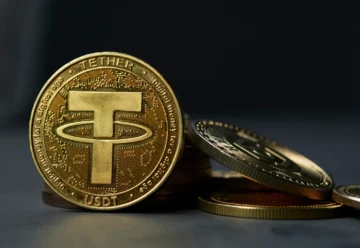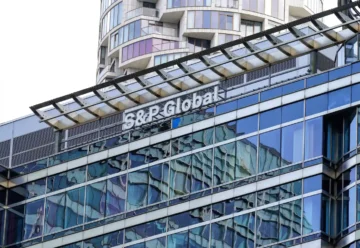NFT Holders Move From Trading to Hoarding

Since early August, the number of NFT holders has grown by more than 64,000, while NFT traders have decreased by almost 11,000.
During the last 30 days, more than half of all NFTs were sold at a loss. At that, the total number of NFT trading addresses has reduced by 12.65% over this period. The total market cap of monitored NFT projects has shrunk by 0.87% over the past 30 days, while the trading volume has decreased by 3.81%. This is evidenced by data from the service NFTGo, which captures the 3,253 largest collections on all blockchains.
According to NFTGo, NFT owners are shifting from trading to hoarding amid a cold market. Over the past month, the total number of addresses holding NFTs has grown by 118,500. Of those, more than 64,000 addresses have joined the ranks of non-fungible token holders since August.
PFP NFTs, which can be used as a social media profile picture, account for the largest percentage of the market. They are capitalized at more than $13.9 billion, with the total cap of all projects at around $23.7 billion.
Overall, the trend is to buy and hold NFT. The blue-chip index, an NFTGo metric reflecting changes in the value of the tokens of the 16 largest NFT collections, explains this situation. Over the past 30 days, this index has dropped by 2,216 units and stands at 9,993 ETH. The peak was recorded on April 29, 2022 — 14,900 ETH.
Recall that in July, the researchers stated the NFT market’s reduction by 94% from the peak. Thus, the biggest NFT marketplace OpenSea gradually loses its dominance on the NFT market.











